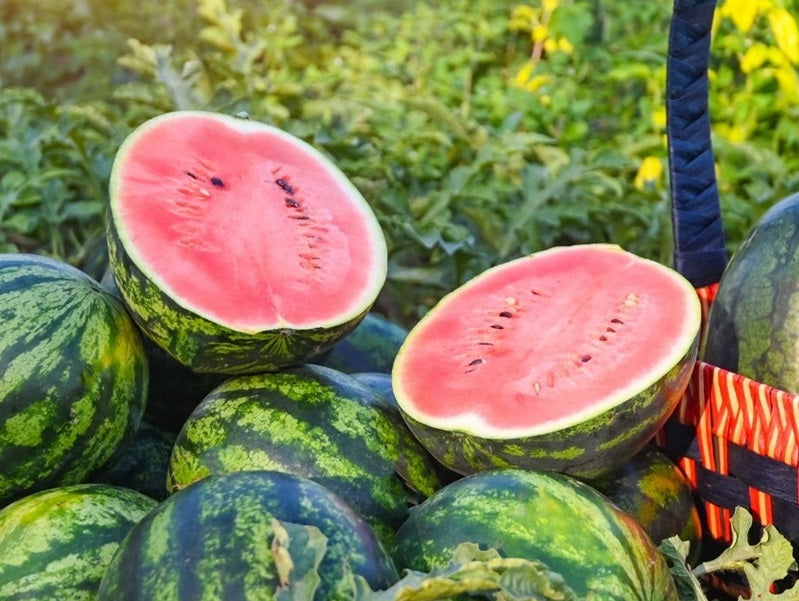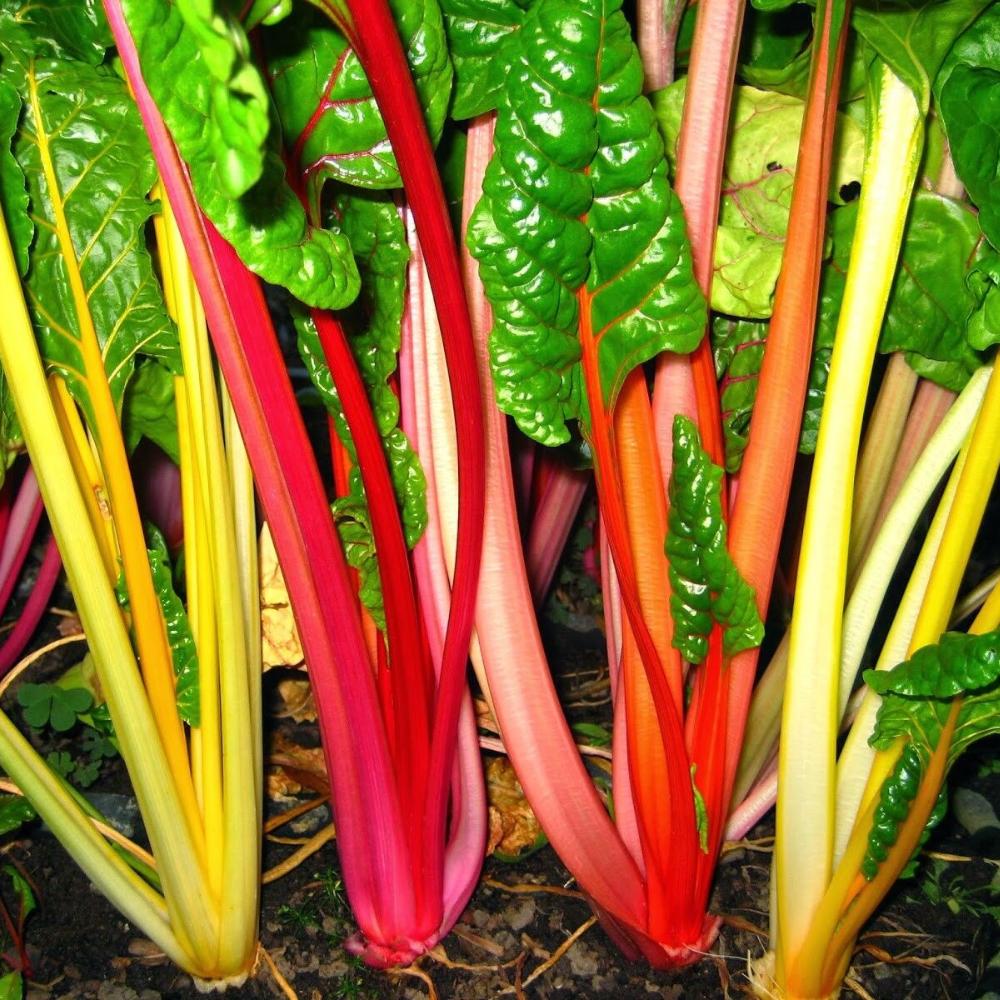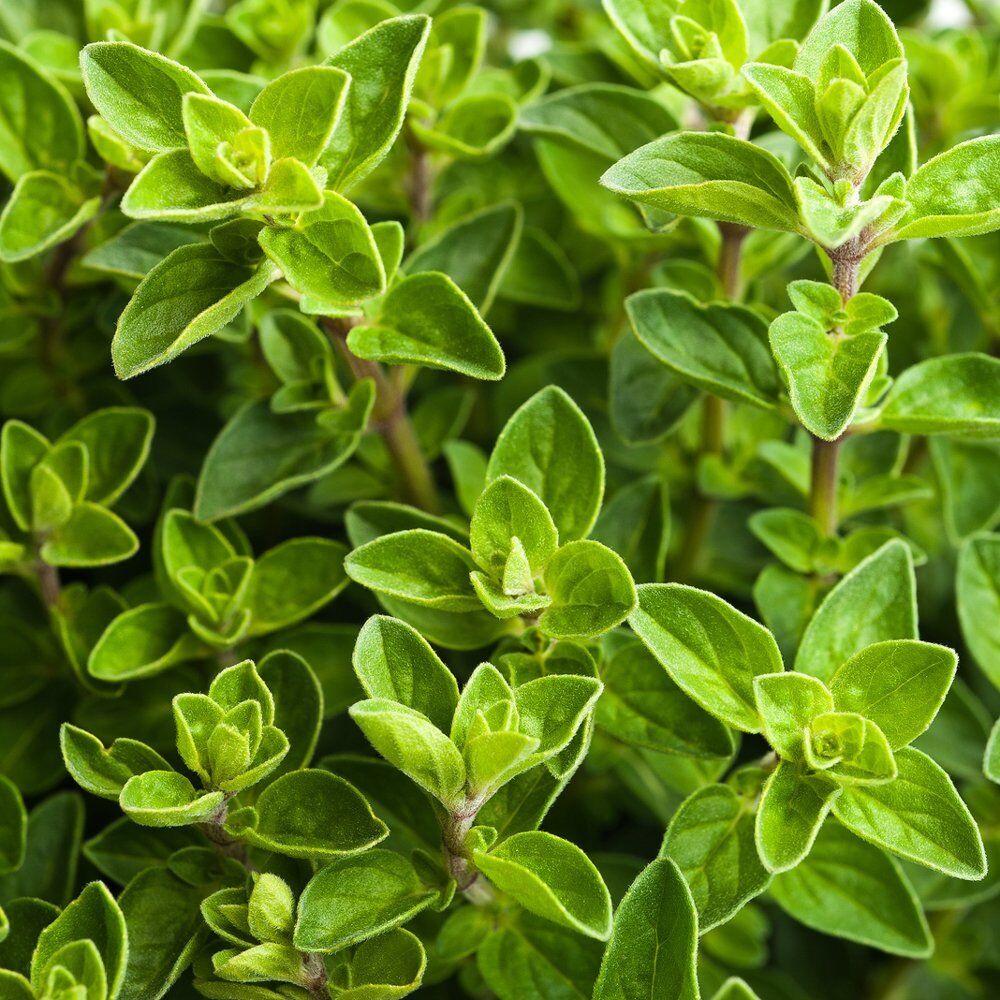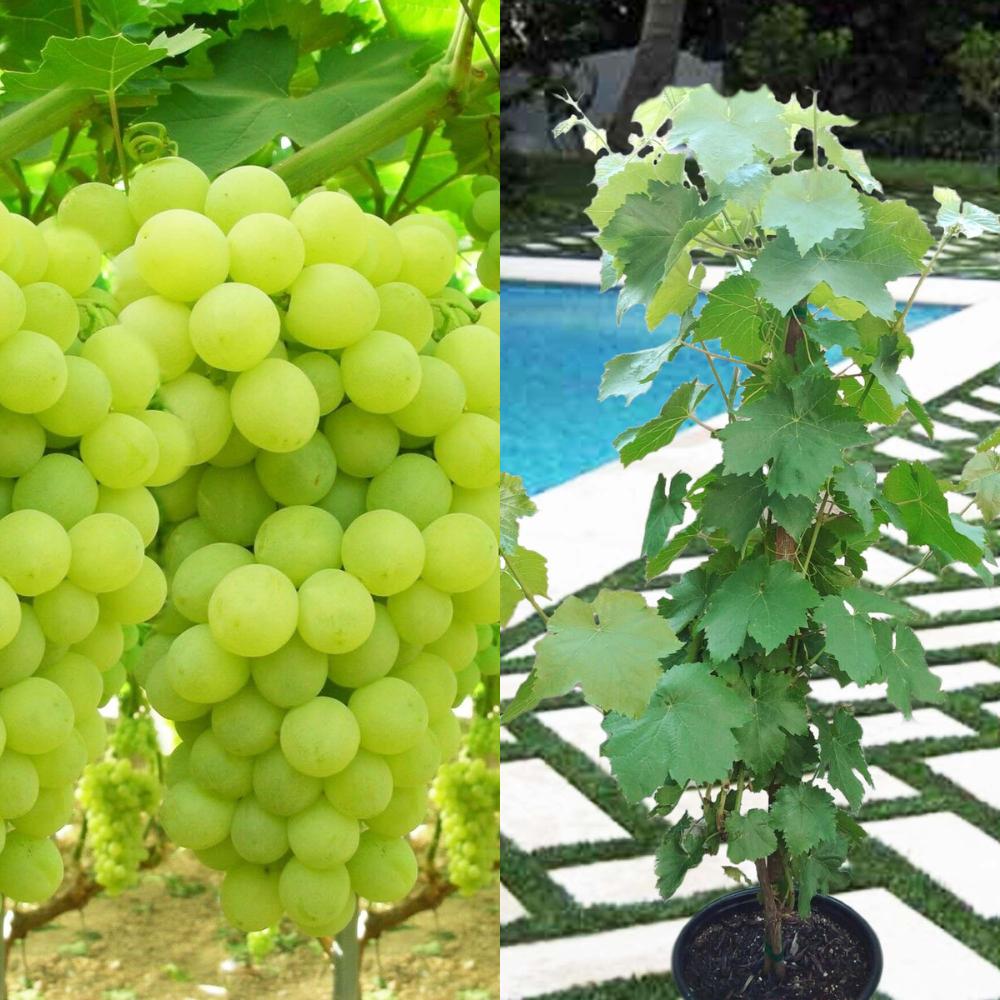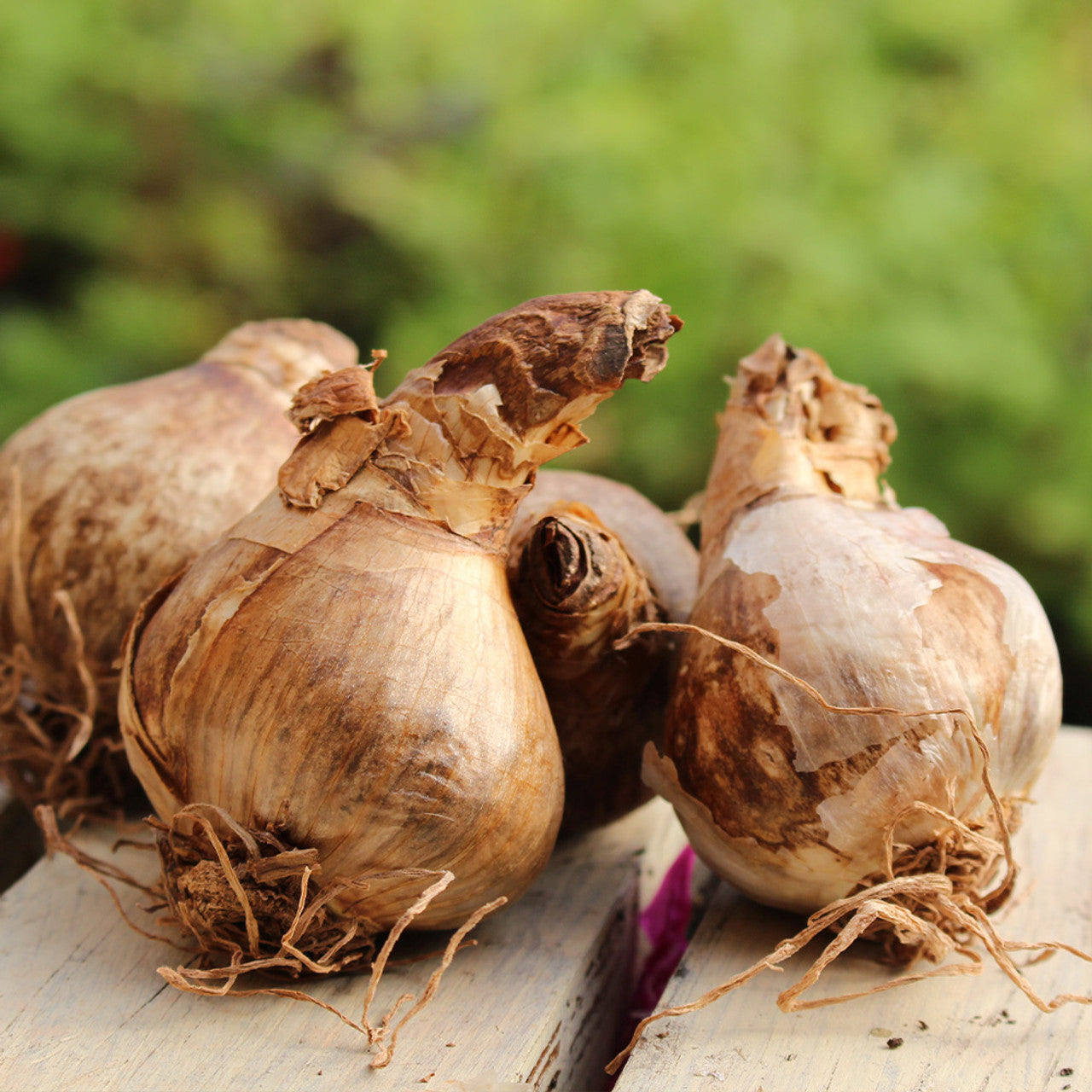Introduction to Thompson Seedless Grape Vine
The Thompson Seedless grape is one of the most popular and widely grown varieties of grapes worldwide. Known for its sweet, juicy flavor and versatile uses, Thompson Seedless grapes are commonly enjoyed fresh, dried into raisins, or used for making wine and juice. The vines are also prized for their vigorous growth, making them a favorite among both commercial growers and home gardeners.
In this comprehensive guide, we’ll walk you through everything you need to know about growing and caring for Thompson Seedless grape vines, from planting to harvesting, and offer expert tips to ensure a fruitful harvest every season.
What Are Thompson Seedless Grapes?
Thompson Seedless grapes (Vitis vinifera) are an early-season variety known for their sweet, crisp, and seedless berries. These grapes have a pale green color that turns golden when fully ripe, and they are enjoyed fresh, dried into raisins, or even used in wine production.
Thompson Seedless grape vines are particularly popular because they do not require seeds to produce fruit, making them convenient for snacking or baking. They are also favored for their high productivity, disease resistance, and adaptability to a variety of climates, making them an excellent choice for both beginner and experienced gardeners.
Benefits of Growing Thompson Seedless Grapes
- Sweet and Versatile Fruit: Thompson Seedless grapes are known for their delicious sweetness and are great for fresh eating, making raisins, or adding to recipes like jams, jellies, and desserts.
- High Yield: Once established, Thompson Seedless grape vines can produce a substantial harvest of grapes. Their high yield makes them a great option for home gardeners looking to grow fruit for personal use or small-scale production.
- Low Maintenance: Compared to other grape varieties, Thompson Seedless vines are relatively low-maintenance, requiring only basic care such as pruning, watering, and occasional fertilizing.
- Attractive Vines: Beyond their fruit, Thompson Seedless grape vines make beautiful, fast-growing additions to the garden. They can be used as decorative elements, climbing structures, or groundcovers, and their lush foliage provides excellent shade in warm climates.
How to Plant Thompson Seedless Grape Vine
Planting Thompson Seedless grapes in your garden is an easy and rewarding process. Here’s how to do it successfully:
1. Choose the Right Location
Grapevines require plenty of sunlight to thrive, so choose a spot in your garden that receives at least 6-8 hours of direct sunlight each day. The ideal planting location should have well-drained soil with good air circulation.
- Climate: Thompson Seedless grape vines are best suited for USDA hardiness zones 7-10, as they thrive in hot, dry summers and mild winters. In cooler climates, you may need to grow them in containers or provide winter protection.
- Soil: Grapevines prefer slightly acidic to neutral soil with a pH of 6.0 to 7.5. Ensure the soil is well-draining, as standing water can lead to root rot.
2. Planting the Vine
To plant your Thompson Seedless grape vine, follow these steps:
- Dig a Hole: Dig a hole that is wide and deep enough to accommodate the vine’s root system. The hole should be about 2-3 feet in diameter and about 2 feet deep.
- Prepare the Rootstock: If planting a bare-root vine, soak the roots in water for a few hours before planting. If planting a potted vine, remove it from the container gently.
- Place the Vine: Position the vine in the center of the hole, ensuring that the rootstock is level with or slightly above the surrounding soil surface. Fill the hole with soil, patting it down gently to remove air pockets.
- Water: Water the vine thoroughly after planting to help settle the soil and encourage root establishment. Keep the soil consistently moist for the first few weeks as the vine establishes itself.
3. Provide Support
Thompson Seedless grape vines are climbing plants that need support to grow. Install a trellis, arbor, or other type of support system near the vine to allow it to grow upward and spread out. Train the vine onto the support structure as it grows to encourage healthy development and ensure easy access to the fruit.
Caring for Your Thompson Seedless Grape Vine
Once your vine is planted, proper care is essential for healthy growth and abundant fruit production. Here are the key aspects of vine care:
1. Watering
Grapevines require consistent moisture, especially during the growing season. Water your Thompson Seedless vine deeply once a week, ensuring that the water reaches the root zone. Be mindful of overwatering, as this can lead to root rot. Allow the soil to dry slightly between waterings, as grapes prefer slightly dry conditions over consistently soggy soil.
2. Fertilizing
To promote healthy growth and fruit production, feed your Thompson Seedless grape vine with a balanced fertilizer, preferably one formulated for fruiting plants. Apply the fertilizer in early spring as the growing season begins, and again in mid-summer to support fruit development. Avoid over-fertilizing, as this can result in excessive foliage growth with fewer fruits.
3. Pruning
Pruning is essential for maintaining the health of your Thompson Seedless grape vine and encouraging high-quality fruit production. Prune the vine in late winter or early spring before new growth begins, removing any dead, damaged, or diseased wood. Also, cut back any overgrown canes to help maintain the structure of the vine and improve airflow.
- Training: Grapevines need to be trained to the support structure during the first few years. Use soft ties to secure the canes and encourage them to grow vertically or horizontally along the trellis.
- Thinning: As the grapes begin to grow, thin out clusters to allow for better airflow and sunlight penetration, which will improve fruit quality and reduce the risk of diseases.
4. Pests and Diseases
Thompson Seedless grape vines are generally resistant to many pests and diseases, but they can still be susceptible to issues like powdery mildew, aphids, and grapevine moths. Inspect your vines regularly for signs of pests or diseases and take prompt action to address them.
Use organic insecticidal soap or neem oil to manage aphids or mealybugs, and apply fungicide treatments to prevent powdery mildew. Good air circulation and proper spacing between vines will help prevent fungal infections.
Harvesting Thompson Seedless Grapes
Thompson Seedless grapes typically mature in late summer or early fall, depending on your climate. The grapes are ready to harvest when they have turned a pale yellow-green color and are sweet to the taste.
To harvest, gently cut the grape clusters from the vine with a sharp pair of garden scissors. Be careful not to damage the vine or the clusters, and try to handle the grapes with care to prevent bruising.
Grapes do not ripen once picked, so it’s important to ensure they are fully ripe before harvesting. If you are drying them into raisins, you can harvest them slightly early and leave them to dry in a warm, well-ventilated area.
Conclusion: Start Growing Your Thompson Seedless Grape Vine Today!
Thompson Seedless grape vines are an excellent choice for home gardeners looking to grow their own delicious, seedless grapes. With the right care, these vines can produce abundant crops of sweet, flavorful grapes that are perfect for eating fresh or making raisins.
By following the planting, care, and harvesting tips in this guide, you’ll be well on your way to enjoying a thriving Thompson Seedless grape vine in your garden. Ready to start growing your own grapes? Purchase your Thompson Seedless Grape Vine today and enjoy the rewards of homegrown fruit!
Ready to grow your own Thompson Seedless grape vine? Shop our selection of healthy vines and start planting today!



